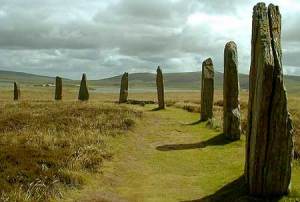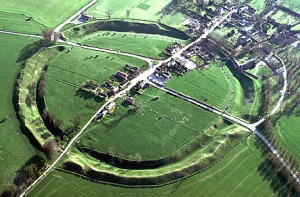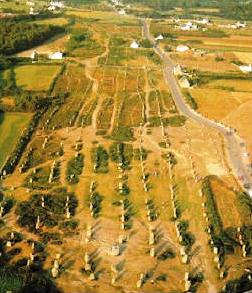A new revised edition of Sailors of Stonehenge is delivered!
Sailors of Stonehenge: The Celestial & Atlantic Origin of Civilization was my first published book. The experience has been highly positive. In its eight months of existence, I sold and distributed 600 copies of the English version and 100 of the Spanish one, which for a self-published book of a novel author is not that bad.
Moreover, the book has received so far more than 100 reviews in Goodreads, with a rating average of 3.95 stars (as today).
Those who know about the subject, such as Neil Wiseman (reviewer ofThe Megalithic Portal), or writers like Gavin Menzies (author of 1421and The Lost Empire of Atlantis), the classicist Anna Ntinti (specialized on Plato), or Dr. Reinoud the Jonge (expert on megalithic art), among many others, wrote excellent reviews about my book.
Quite good!… but not enough. Throughout these months, the details to be changed or modified accumulated, so I finally decided to produce a revised edition. The main reason was to fully proofread the English version. I could count on the help of many people, though I must single out a Welsh friend and Bodhisattva for her contribution to this task: Gill… Diolch yn fawr!
Capitalizing on that editorial intervention, I decided to introduce several modifications that I hope will make for a more fluid reading experience. For example, the footnotes were moved to the end of each chapter; the qualities of the paper and the font were improved, and the number of pages was increased considerably to accommodate larger figures and photos.
Hope you’ll enjoy it. Happy reading!
PS. Clicking on the cover (upper right corner) redirects you to Amazon.com (also available from most of its international branches).




 The Orkney Islands belong to a Scottish archipelago uniquely rich in Neolithic sites. The “Heart of Neolithic Orkney” is a group of megalithic monuments on Mainland Island consisting of Maeshowe, a chambered cairn, the Standing Stones of Stenness, the Ring of Brodgar (both henge-type monuments), and Skara Brae, one of the best preserved Neolithic villages.
The Orkney Islands belong to a Scottish archipelago uniquely rich in Neolithic sites. The “Heart of Neolithic Orkney” is a group of megalithic monuments on Mainland Island consisting of Maeshowe, a chambered cairn, the Standing Stones of Stenness, the Ring of Brodgar (both henge-type monuments), and Skara Brae, one of the best preserved Neolithic villages.
 Avebury is a huge megalithic complex in the south of England. It comprises several stone circles, avenues, enclosures, mounds and long barrows, being its principal element a large henge (ca. 400 m in diameter), a type of megalithic construction consisting of a stone ring (the largest in Europe) surrounded by a ditch and a bank.
Avebury is a huge megalithic complex in the south of England. It comprises several stone circles, avenues, enclosures, mounds and long barrows, being its principal element a large henge (ca. 400 m in diameter), a type of megalithic construction consisting of a stone ring (the largest in Europe) surrounded by a ditch and a bank. The Alignments of Carnac are near the coasts of Brittany (NW peninsula of France), and constitute the largest and most spectacular megalithic monument in the world. This extraordinary complex contains more than 3,000 standing stones, huge granite menhirs aligned in several rows along approximately 4 km, divided into three main modules and a last one much smaller and degraded.
The Alignments of Carnac are near the coasts of Brittany (NW peninsula of France), and constitute the largest and most spectacular megalithic monument in the world. This extraordinary complex contains more than 3,000 standing stones, huge granite menhirs aligned in several rows along approximately 4 km, divided into three main modules and a last one much smaller and degraded.